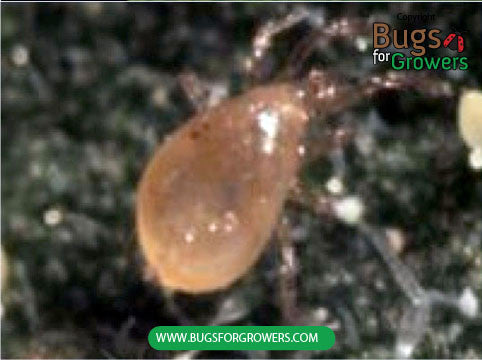Asian citrus psyllid
Damage caused by the Asian citrus psyllids
Asian citrus psyllids cause serious damage to citrus twigs, leaves, flowers and fruits. Currently these psyllids are considered as the most dangerous pest of citrus industry as they transmit pathogenic bacteria (Candidatus Liberibacter asiaticus) that causes citrus greening disease, also known as huanglongbing. These bacteria mainly block phloem tissue that in turn inhibits food transportation that weakens trees and eventually kill them. While feeding, Asian citrus psyllids also injects toxin in the twigs and leaves that causes dieback and deformation of leaves and shoots, and premature defoliation. Also, honeydew excreted by asian citrus psyllids promotes the growth black sooty mold that affects the process of photosynthesis. Sooty mold also reduce marketability of fruits.
Facts (show all)
- Common names
-
- Asian citrus psyllid
- Scientific name
-
- Diaphorina citri
- Identification
-
Adults: AAdult Psyliids are about 3- 4 mm long and yellowish brown in color with short antennae.
Eggs: Bright yellow to orange colored and oval shaped eggs.
Nymphs: Nymphs are immature stages and look like their parents. They are about 0.25 to 1.5 mm long and yellowish brown in color with red eyes.
Pupae: No pupae
- Biology
-
Asian citrus psyllids lay eggs on growing shoots and close to new leaf buds. Eggs hatch into small nymphs that start feeding on young succulent leaves and develop through five nymphal instars (stages) and become adults. Under favourable conditions, asian citrus psyllids can complete over 25 generations in a year.
- Organic Control of the Asian citrus psyllids
-
- Following beneficial bugs and plant products are used for organic control of the Asian citrus psyllids
- Predatory Mite
-
- Amblyseius swirskii


